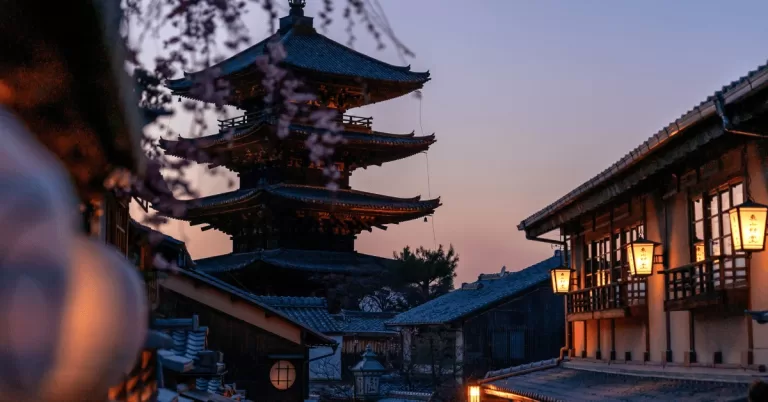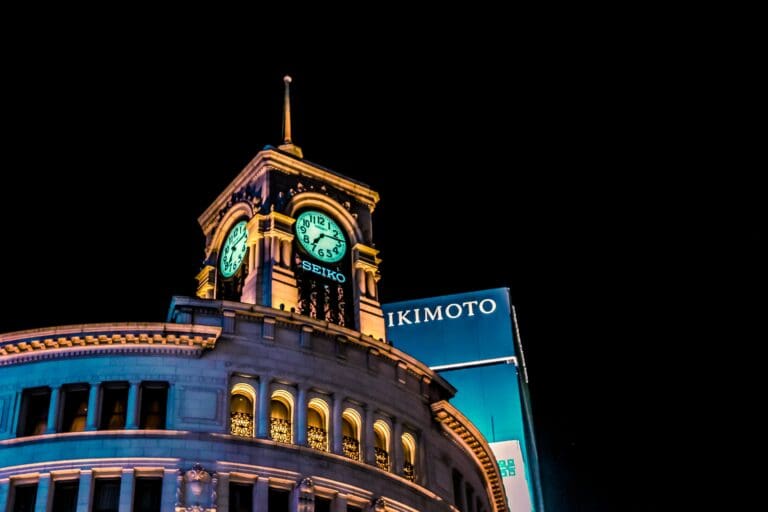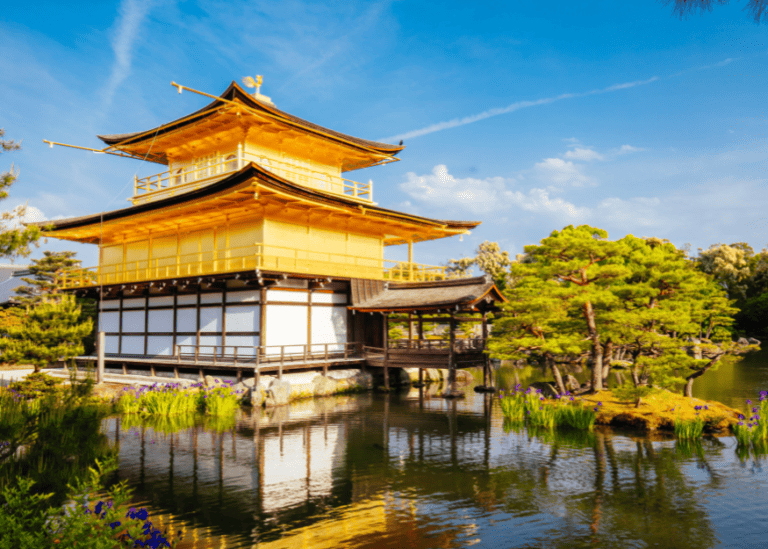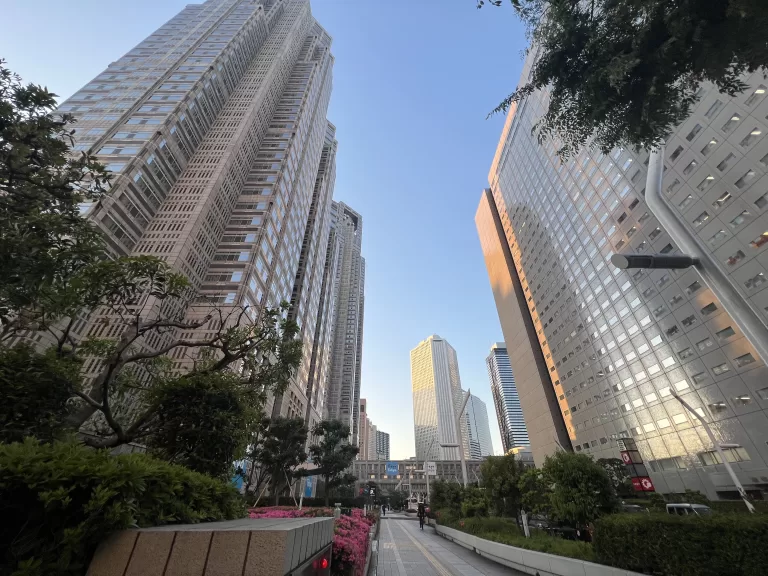Tokyo or Kyoto: Differences in Vibe, Prices, Culture, Food – According to a Japanese Local (2024)
When planning a trip to Japan, the decision of whether to visit Tokyo or Kyoto often arises especially for first time travelers. Tokyo is Japan’s capital city and the world’s most populated city while Kyoto is the country’s cultural center. Tokyo’s energetic vibe and ease of transportation suits anime lovers and travelers with kids or with family. Couples traveling to Japan and history buffs would suit Kyoto better.
Some of the links on this site are affiliate links, which means a commission may be earned if a purchase is made through them. This comes at no additional cost to you. These links are provided to enhance the travel experiences shared on this site. The support provided through these links helps to maintain the site.
In this article, we’ll explore the highlights of each of the city and help you decide which one suits your travel preferences.
Other posts you might be interested
- Where do Rich Japanese and Expats Live?
- Luxury Things to do in Tokyo
- Wealthiest Neighborhoods in Kyoto
- Luxurious Ryokan (Japanese Traditional Inn) in Kyoto
- Best Things to do in Ginza, Tokyo’s Luxury District
Tokyo: Neon Lights, Trains, Anime
Tokyo embodies a captivating blend of tradition and innovation, boasting a skyline that juxtaposes historic landmarks with futuristic skyscrapers. From the iconic Shibuya Crossing to the serene gardens of Shinjuku Gyoen, Tokyo presents a myriad of experiences for visitors.
Whether you are going to Shibuya or Shinjuku, you will not miss Japan’s neon lights and energetic atmosphere. In the upper part, whether you are in Ueno or Asakusa, you will feel Tokyo’s cultural heritage.
In Shinjuku, you’ll encounter towering skyscrapers, upscale boutiques, and culinary delights from around the world. Additionally, the tranquil oasis of Shinjuku Gyoen National Garden offers respite from the urban hustle and bustle.
Shibuya pulsates with youthful energy, with its vibrant atmosphere and renowned landmarks like the Shibuya Crossing. The district is a haven for trendy boutiques, chic cafes, and lively nightlife.
Kyoto: Culture, History, Ryokans, Geisha
Kyoto offers a captivating glimpse into Japan’s rich cultural heritage and history, steeped in centuries of tradition. As the former imperial capital, Kyoto is home to an array of temples, shrines, and traditional tea houses that resonate with timeless allure.
Couples traveling to Japan for anniversary or honeymoon are highly recommended to visit Kyoto because of its whimsical vibe of the historical places.
Couples who are traveling for anniversary or honeymoon are highly recommended to visit Kyoto because of its whimsical vibe of the historical places.
Another unique experience that couples should have in Japan is staying in a ryokan.
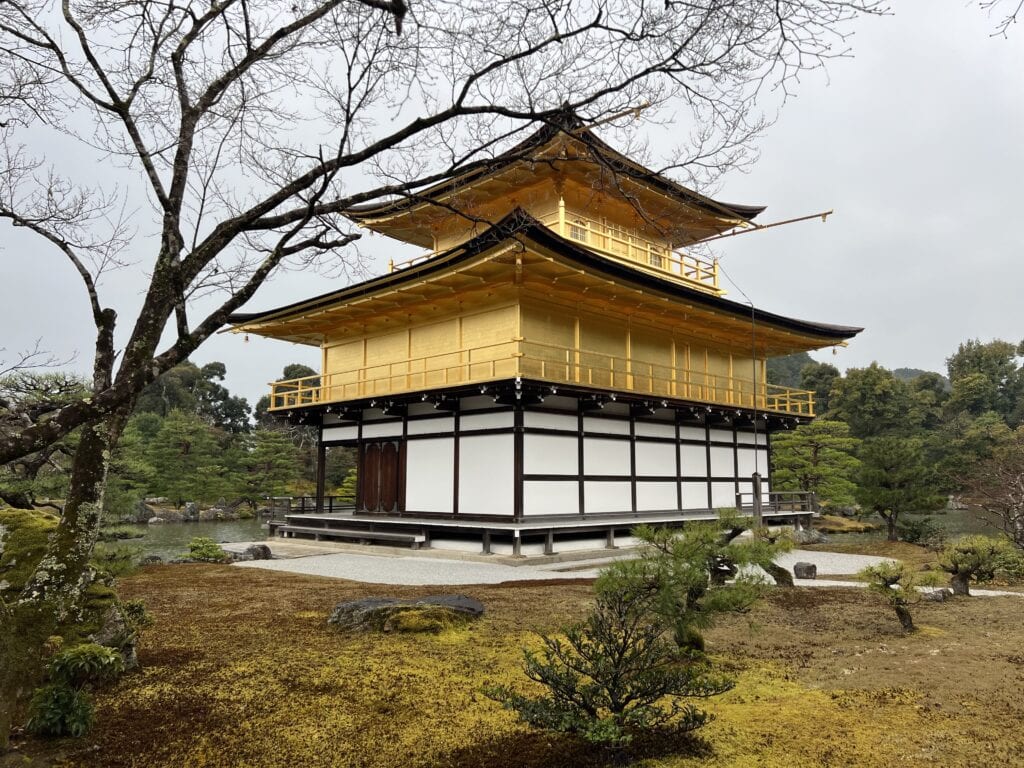
Iconic landmarks like the Golden Pavilion (Kinkaku-ji) and the historic streets of Gion transport visitors to a bygone era of elegance and refinement. Fushimi Inari Shrine, with its mesmerizing torii gates, and the picturesque Arashiyama Bamboo Grove are among Kyoto’s must-visit attractions.
Comparing Attractions
While Tokyo and Kyoto offer contrasting experiences, both cities boast an abundance of attractions and activities to captivate travelers. Tokyo’s dynamic urban landscape is a paradise for shopping, dining, and entertainment, with world-class museums, bustling markets, and vibrant neighborhoods awaiting exploration.
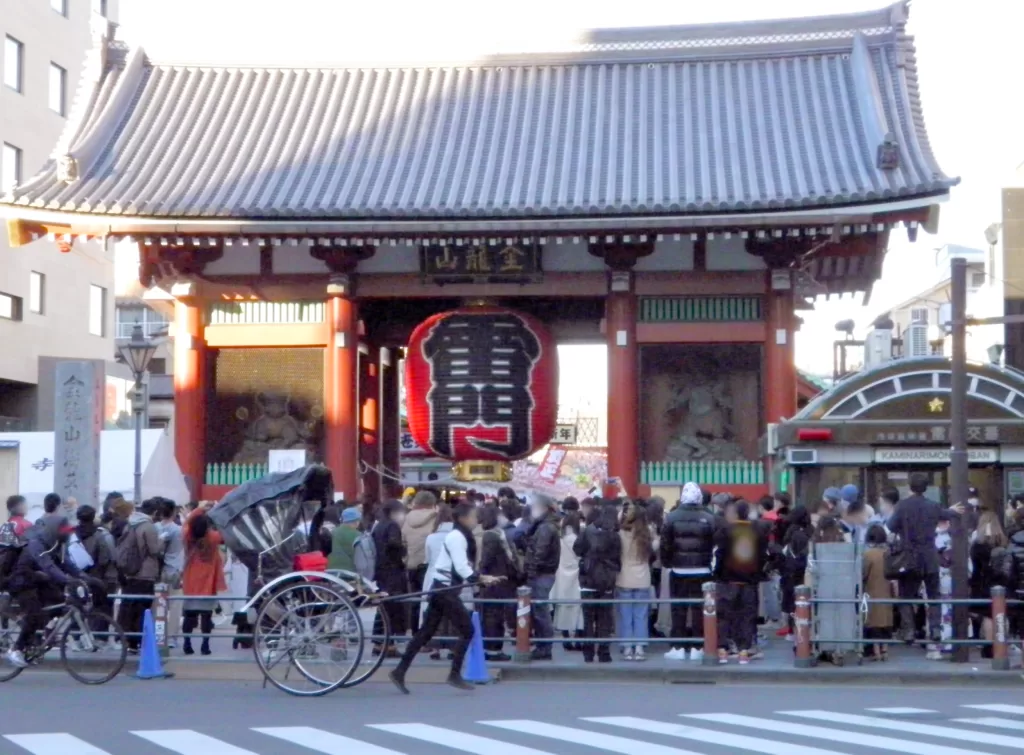
Kyoto, with its cultural landmarks and UNESCO World Heritage sites, offers a glimpse into Japan’s storied past. From traditional tea ceremonies to seasonal festivals, the city’s cultural tapestry invites immersive experiences that leave a lasting impression.
When planning your Japanese getaway, practical considerations such as transportation, accommodation, and budget play a crucial role. Tokyo’s extensive public transportation network facilitates seamless exploration, while Kyoto’s range of accommodations, from traditional ryokan to modern hotels, cater to diverse preferences and budgets.
Where to Spend More Days: Tokyo or Kyoto?
When deciding where to spend more days, consider your interests. Tokyo offers dynamic urban exploration with vibrant neighborhoods like Shibuya and Shinjuku. In contrast, Kyoto’s cultural richness and historic allure may warrant a leisurely pace to savor its temples, tea houses, and gardens.
Especially for first-time travelers, the most ideal itinerary is 5 days in Tokyo, 5 days in Kyoto, and 2 days in Osaka. This will make sure that you have enough time to visit Japan’s main attractions.
If you only have 7 days or less in Japan, we recommend you to assess what are the things you love about Japan: anime, technology, and nightlife lovers would enjoy Tokyo over Kyoto. On the other hand, history and Japanese culture fans would prefer Kyoto over Tokyo.
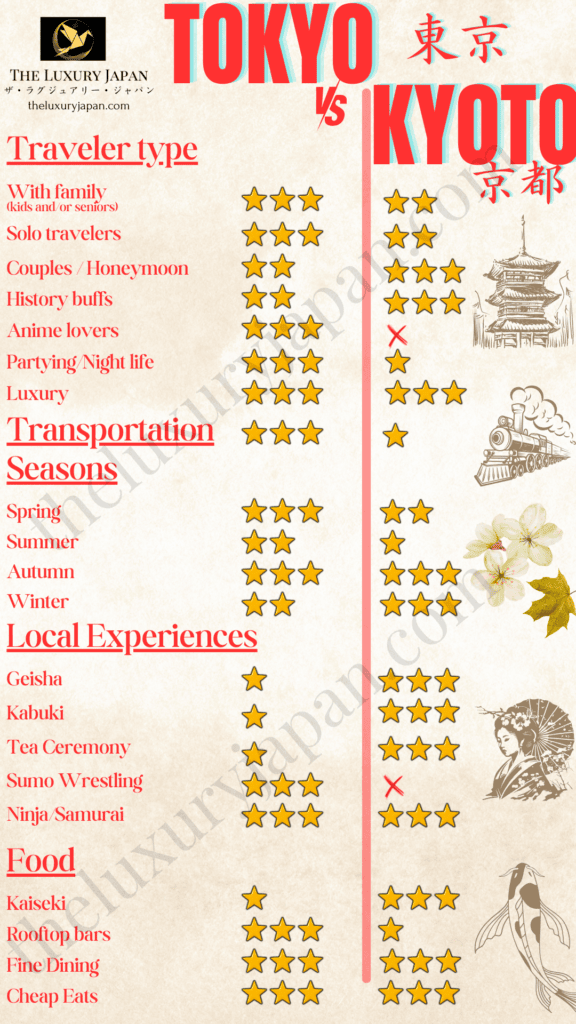
Tokyo’s bustling urban landscape offers a wealth of attractions, from vibrant neighborhoods like Shibuya and Shinjuku to iconic landmarks such as the Tokyo Tower and Meiji Shrine. With its diverse dining scene, shopping districts, and entertainment options, Tokyo appeals to those seeking dynamic exploration and cosmopolitan experiences.
On the other hand, Kyoto’s cultural richness and historic allure invite a slower pace of exploration. Kyoto served as Japan’s capital for over a millennium, from 794 until 1868, making it one of the country’s most historically significant cities.The city’s well-preserved temples, traditional tea houses, and serene gardens offer a glimpse into Japan’s rich cultural heritage. To fully appreciate Kyoto’s treasures, consider spending additional days to immerse yourself in its historic districts like Gion and Higashiyama, where ancient traditions come to life amidst cobblestone streets and wooden machiya houses.
Cheaper Accommodation: Tokyo or Kyoto?
Kyoto generally offers slightly more budget-friendly accommodation options compared to Tokyo. Travelers can find affordable yet comfortable lodgings in Kyoto, ranging from traditional ryokan guesthouses to budget-friendly hostels. Additionally, Airbnb options are plentiful in Kyoto, providing a cost-effective alternative for those seeking a more authentic and immersive experience.
One experience you should not miss when visiting Kyoto is to stay in a luxurious yet affordable ryokans (traditional Japanese inn) with private onsen (hotspring).
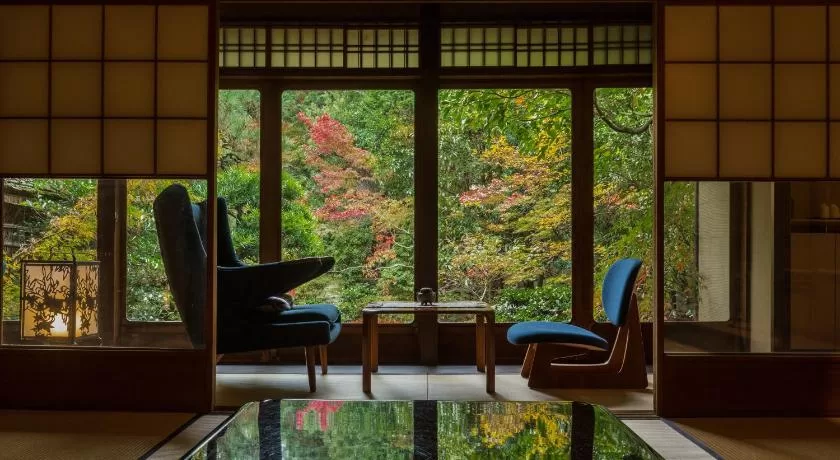
Tokyo has Japan’s most wealthiest neighborhoods and has the most number of luxury hotels. However, Tokyo, while accommodation prices may be slightly higher on average, there are still plenty of budget-friendly options available, particularly in neighborhoods like Asakusa and Ueno. Capsule hotels, business hotels, and guesthouses offer affordable stays for budget-conscious travelers, ensuring that accommodation choices cater to various preferences and budgets in both cities.
Meanwhile, in Shinjuku and Ginza, Tokyo’s expensive districts, have both luxury hotels as well as affordable luxury hotels available – just note to book early.
Interesting Fact: Tokyo is home to the world’s busiest railway station, Shinjuku Station, which sees over three and a half million passengers passing through its gates every day.
Cherry Blossoms: Tokyo or Kyoto?
When comparing Tokyo and Kyoto for cherry blossom viewing, both cities offer enchanting experiences during sakura season. In Tokyo, popular spots like Ueno Park, Shinjuku Gyoen, and Chidorigafuchi are adorned with delicate cherry blossoms, creating picturesque landscapes for hanami, or flower viewing, picnics. Additionally, Tokyo’s diverse neighborhoods and waterfront areas provide unique settings for enjoying the fleeting beauty of cherry blossoms against the city skyline.
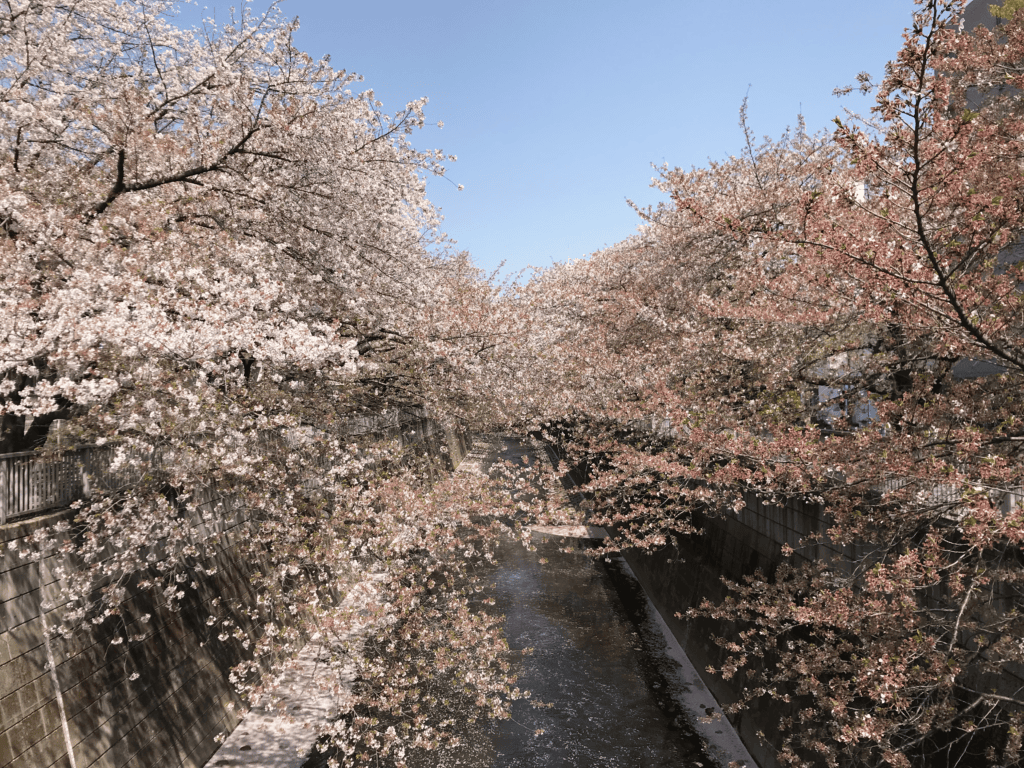
Meanwhile, Kyoto’s historic temples, gardens, and traditional streetscapes provide idyllic settings for cherry blossom viewing. Iconic spots like Maruyama Park, Philosopher’s Path, and the grounds of Kiyomizu-dera Temple are transformed into ethereal landscapes as cherry blossoms bloom, offering visitors a serene and timeless experience. Moreover, Kyoto’s rich cultural heritage and scenic surroundings add an extra layer of charm to the cherry blossom season, making it a favorite destination for both locals and tourists alike.
In summary, while both Tokyo and Kyoto offer captivating cherry blossom viewing experiences, Kyoto’s historic ambiance and cultural significance elevate the sakura season to a truly memorable and immersive experience.
Interesting Fact: Cherry blossom season in Japan typically lasts for about two weeks, during which time locals and visitors alike engage in hanami, or flower viewing, picnicking under the blooming trees.
Other Seasons:
In other seasons, Tokyo’s vibrant cultural calendar and Kyoto’s timeless allure offer immersive experiences year-round. In Tokyo, visitors can immerse themselves in traditional Japanese arts like kabuki theater, attend seasonal festivals, or indulge in culinary delights at local izakayas and sushi bars.
In Kyoto, the changing seasons bring a kaleidoscope of colors and experiences. From vibrant autumn foliage at iconic spots like Tofuku-ji and Arashiyama to traditional tea ceremonies and kaiseki dining experiences, Kyoto’s timeless allure captivates visitors year-round.
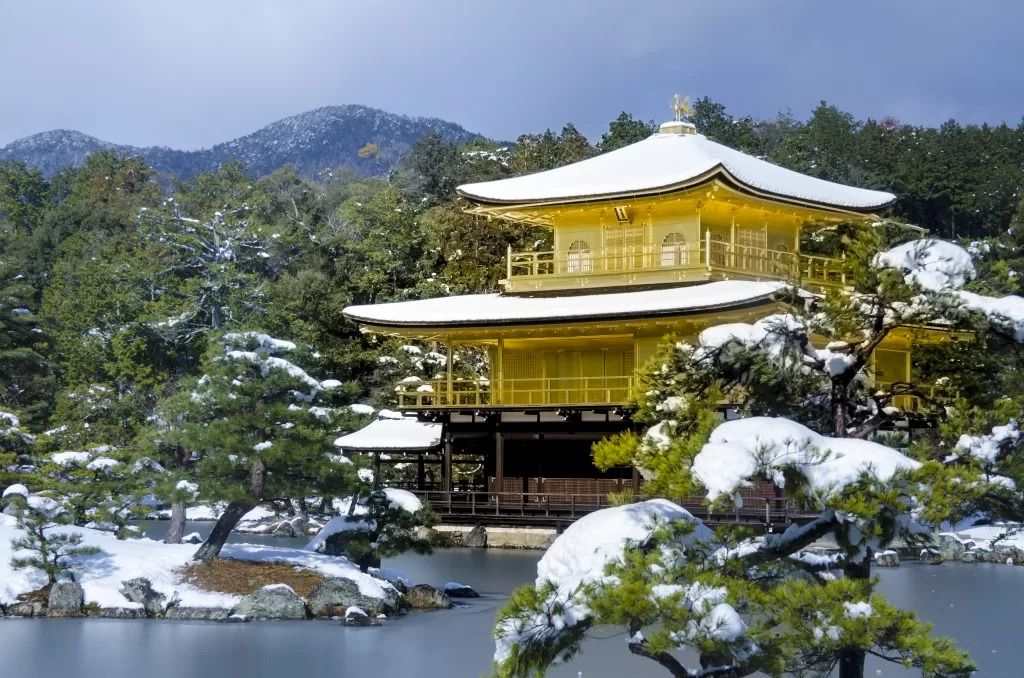
Generally, Kyoto tends to experience slightly colder temperatures compared to Tokyo due to its inland location and higher elevation. Situated in the Kansai region, Kyoto’s climate is characterized by colder winters and hotter summers than Tokyo, which lies on the eastern coast of Japan. However, both cities can experience variations in temperature depending on the season, so it’s advisable to check the weather forecast before planning your visit.
Food: Tokyo or Kyoto?
Tokyo and Kyoto are culinary havens, each offering a diverse array of gastronomic delights to satisfy every palate. In Tokyo, visitors can explore bustling food markets like Tsukiji and Toyosu, sample street food in neighborhoods like Shibuya and Asakusa, or dine at Michelin-starred restaurants serving innovative Japanese cuisine.
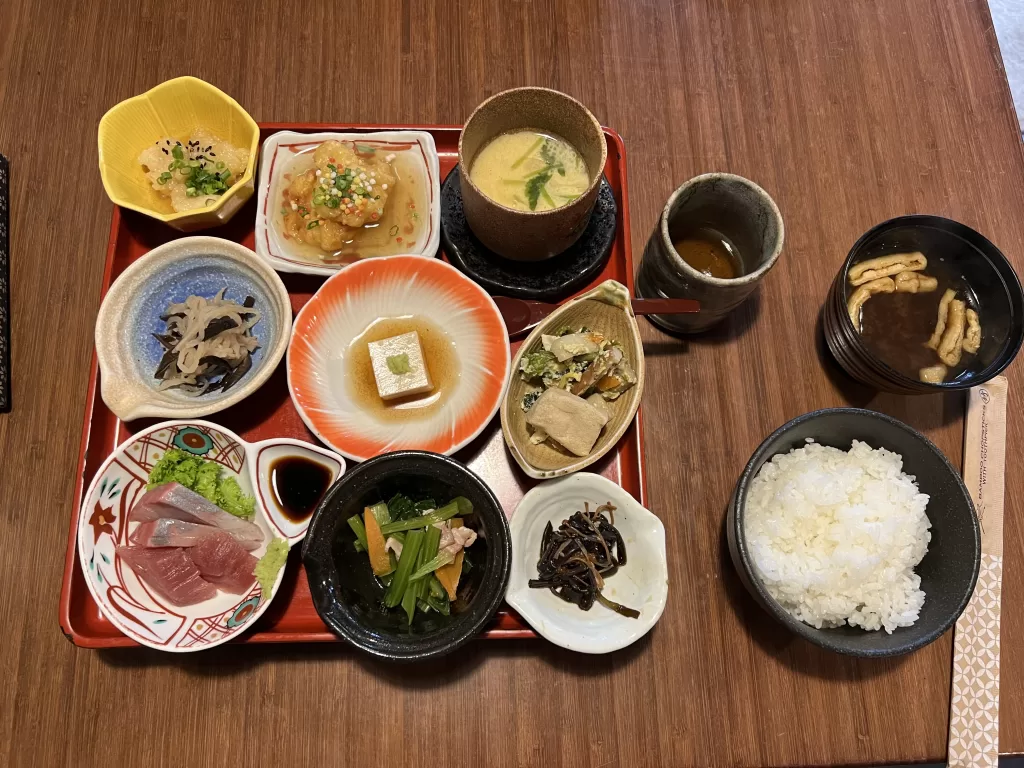
In Kyoto, traditional kaiseki ryori and local specialties like yudofu (tofu hot pot) and matcha sweets highlight the city’s culinary heritage. Visitors can savor authentic Kyoto cuisine at historic ryotei (traditional restaurants), teahouses, and izakayas, immersing themselves in the flavors and traditions of Kyoto’s gastronomic culture.
Luxurious yet affordable dining experiences in Tokyo’s Luxury District, Ginza, are also something that travelers in Japan who should not miss.
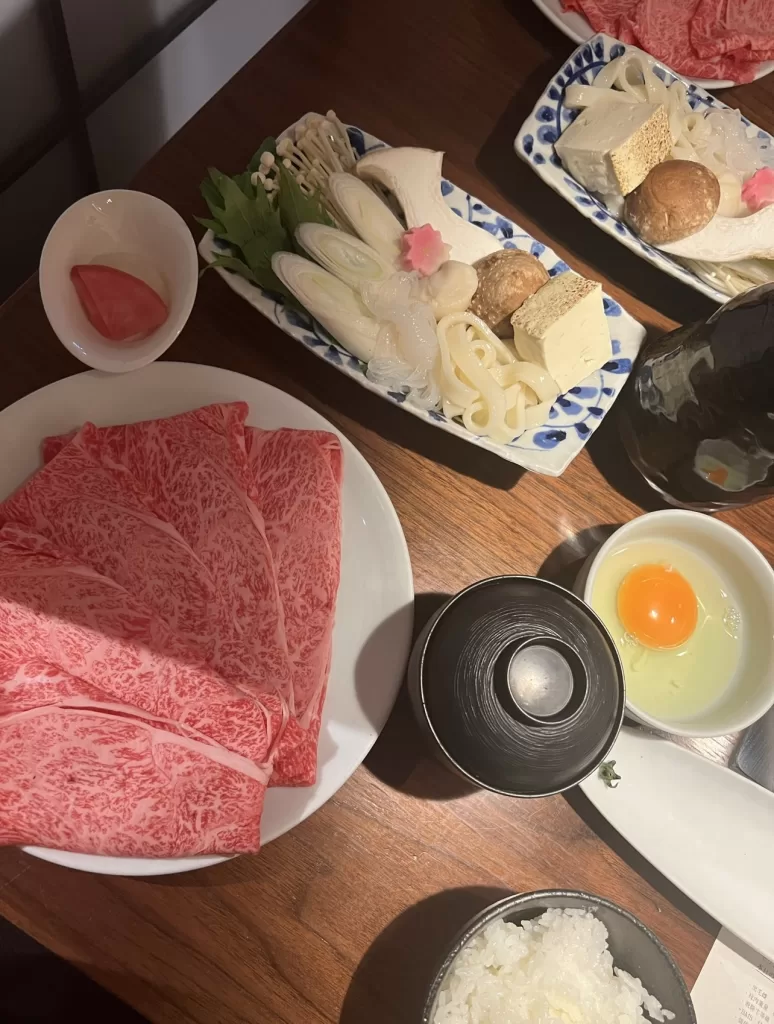
Interesting Fact: Tokyo has the highest number of Michelin-starred restaurants in the world, with over 230 establishments recognized for their culinary excellence.
Local Experiences: Tokyo or Kyoto?
Onsen:
When comparing Tokyo and Kyoto for onsen experiences, it’s essential to consider the unique offerings of each city. Tokyo boasts a wide array of onsens and super sentos, providing abundant options for visitors seeking relaxation and rejuvenation. These facilities often feature various baths, saunas, and relaxation areas, catering to diverse preferences.
On the other hand, Kyoto offers a different kind of onsen experience, focusing more on intimate settings and traditional ryokans with private onsens. These ryokans often cater to couples and honeymooners, providing secluded and romantic spaces for enjoying the therapeutic benefits of hot springs. With its historic charm and picturesque surroundings, Kyoto’s onsen accommodations offer a serene retreat from the bustling city life.
In summary, while Tokyo may have more onsens and super sentos, Kyoto’s focus on intimate ryokans with private onsens makes it an ideal choice for couples and those seeking a romantic getaway.
Kabuki and Geisha:
When comparing Tokyo and Kyoto for experiencing geisha culture, both cities offer unique opportunities to encounter these traditional entertainers. In Tokyo, the historic district of Asakusa is known for its geisha performances and teahouses, providing visitors with a glimpse into the artistry and grace of these skilled performers. Additionally, Tokyo hosts various cultural events and festivals where geisha play a prominent role, offering memorable experiences for travelers interested in Japanese traditional arts.

However, Kyoto is renowned as the cultural heart of Japan and is particularly famous for its geisha districts, such as Gion and Pontocho. Here, visitors have the chance to witness geisha and apprentice geisha, known as maiko, as they gracefully move between teahouses and traditional establishments. Kyoto also offers opportunities for immersive experiences, such as attending private dinner parties or participating in cultural performances alongside geisha, providing an intimate encounter with this timeless tradition.
In summary, while Tokyo offers glimpses of geisha culture, Kyoto’s historic districts provide a more authentic and immersive experience, making it the preferred destination for those seeking to delve deeper into the world of geisha and maiko.
Interesting Fact: Geisha, also known as geiko in Kyoto, undergo years of rigorous training in traditional arts such as dance, music, and tea ceremony before becoming full-fledged entertainers.
How to Go from Tokyo to Kyoto
Traveling from Tokyo to Kyoto is convenient and efficient, thanks to Japan’s extensive transportation infrastructure. The shinkansen (bullet train) offers a swift journey between the two cities, with frequent departures from Tokyo Station to Kyoto Station taking approximately two and a half hours. Additionally, express buses and domestic flights provide alternative transportation options for travelers.
Conclusion
Whether you’re drawn to Tokyo’s dynamic urban landscape or Kyoto’s timeless cultural heritage, both cities promise an enriching Japanese adventure.
So, whether you’re savoring sushi in Tokyo or strolling through Kyoto’s historic streets, your Japanese experience awaits—start planning your unforgettable journey.



